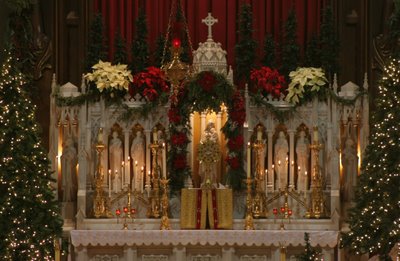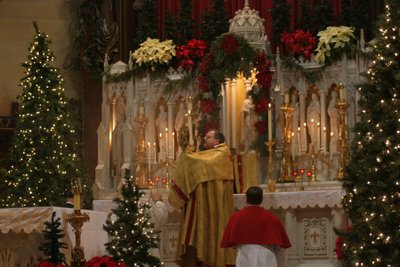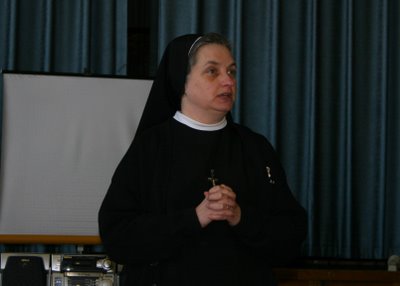The war over translations used in the liturgy just went up a notch with a speech given at the Catholic Academy of Liturgy on January 4, 2007, by
Bishop Trautman, Chairman of the
Bishop's Committe on Liturgy for the USCCB who was the keynote speaker.
I'm going to lead you to two, detailed analyses of the speech and the first is by Fr. John Zuhlsdorf of
What does the Prayer Really Say? He brings us the
press release with Bp. Trautman's comments and gives us his own commentary in typical Fr. Z fashion.
Fr. Z calls out something in the speech that disturbed me days ago when I had read about it. (Fr. Z's commentary in red, and the emphasis is also his):
Bishop Trautman challenged Catholic liturgical scholars of North America to assist the bishops in promoting a liturgy that is accessible and pastorally aware. [Can a liturgy be "aware"? Scary.] He urged them, in a spirit of respect and love for the Church, to be courageous in questioning [dissenting from…] those developments that would render the liturgy incomprehensible and betray the intention of the Second Vatican Council (1962-65). [Is this where we mention that the Council wanted LATIN to be retained as the language of the liturgy?]
This is also called out in the commentary I lead you to next....
Anthony Esolen of
Touchstone Magazine dissects this issue with precision in a blog affilliated with the magazine called,
Mere Comments. If you are unfamiliar with
Touchstone, it is a Christian journal which features content that is conservative in doctrine and has an authorship and readership of Protestant, Catholic, and Orthodox. The post made by Anthony Esolen is entitled,
By the Waters of Babylon. Do read it!
Here is one sample from Esolen, first quoting the press release in italics.
Trautman argued that the proposed changes of the people's parts during Mass will confuse the faithful and predicted that the new texts will contribute to a greater number of departures from the Catholic church.
He meaneth, forsooth, an even greater number of departures. You're sinking in quicksand and there's a willow branch over your head. Don't grab hold of it -- it might snap. By the way, let it be noted that solicitude for the feelings of Catholics in the pews was never very high among liturgical innovators, who didn't care at all, say, whether anybody would be confused by revisions of well-known Christmas carols. Then the rubes had to learn their lessons. Call it the post-Vatican II Eat Your Peas ecclesiology.
I want to recall something for newer readers of this blog who may not have seen it. It is a copy of the debate bishops had over ICEL translations in July-August of 2006. What is of particular interest is that which begins with this:
Archbishop Hughes: I would propose a return to the ICEL text in the Creed, which translates consubstantialis “consubstantial”. I am addressing really the same issue in the three amendments: 11, 12 and 13. And I recognize the pastoral reasons that could be offered in support of remaining with the text we have been using: “one in being”.
But “consubstantial” is a very significant term in the history of Christological controversy. It does express a profound truth that I think is important for us to preserve in the liturgical text. And as we return this to the liturgical text, it provides an opportunity for catechesis of our people.
Follow the dialogue at Adoremus to see how many bishops, and which bishops supported the position of Archbishop Hughes in
What the Bishops said...
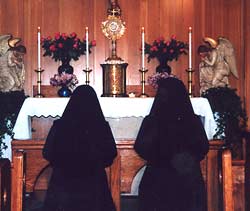


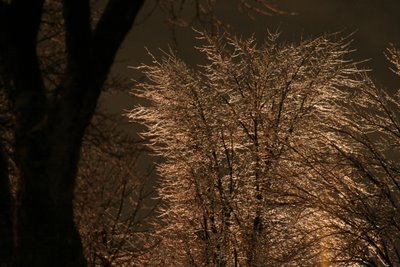
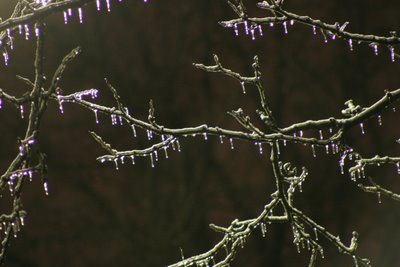
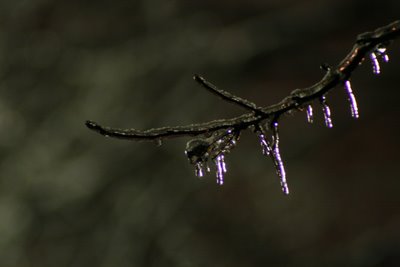
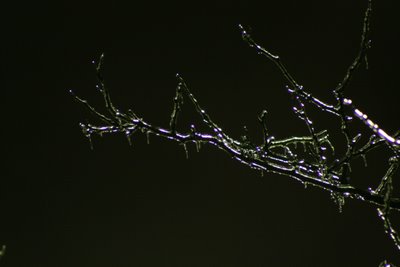


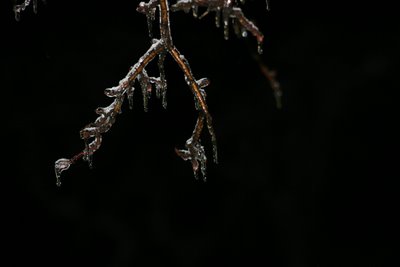
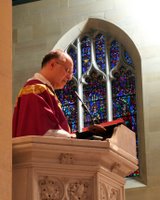


 Michael Voris
Michael Voris
